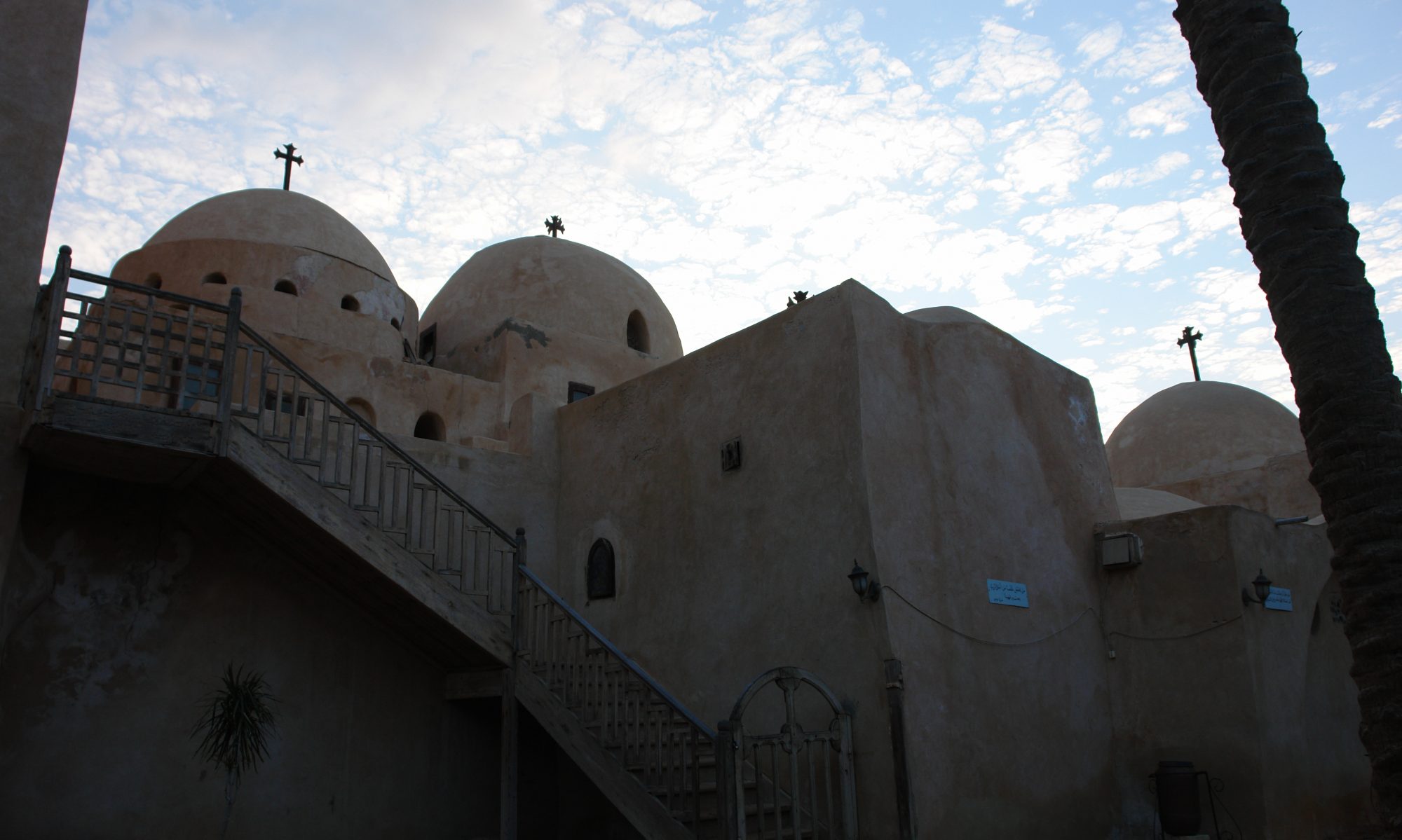The monasteries of Wadi al-Natrun have been known to scholars for a long time. In the 18th and 19th centuries their libraries, especially the ones of St. Macarius Monastery and Deir al-Surian, were discovered by collectors, such as the brothers Stefano and Giuseppe Assemani, a rich source of acquisitions for European collections and as result hundreds of manuscripts ended up in the libraries of the Vatican, St. Petersburg, the British Library and other collections. (01) The first scholarly expedition that encompassed the history, architecture, and collections of the monasteries was undertaken in 1920-’21 by the Metropolitan Museum of Art in New York, under direction of Hugh Evelyn White. It resulted in a publication in three volumes on the manuscripts of St Macarius Monastery, the history and the material heritage of the monastery. Although outdated on certain points, it remains an authoritative study and important source of information. Before the 1980’s no major discoveries of mural paintings in the churches had yet been made. Jules Leroy published the paintings in St Macarius monastery and Deir al-Surian in 1975 in the state they were in at that moment. Soon there would turn out to be much more…

In 1991, after a fire in the church of Deir al-Surian, a 13th century mural painting in the western semi-dome had to be detached in order to save it. A French-Dutch team under direction of Prof. Paul van Moorsel of Leiden University and Michel Wutmann of the IFAO took care of this rescue campaign. During this operation an older, underlying painting appeared.

Since 1995, when work in the church was resumed under supervision of Dr. Karel Innemée (then Leiden University), four different layers of decoration, dating from between the 7th and the 13th centuries, have been identified, while it could be established that in the 18th century these paintings were covered by plaster during a renovation of the interior.
Not only these paintings, also numerous inscriptions found on the walls and architectural details of the church are of great historical and art-historical importance to our knowledge of Christian culture in Egypt and Syria. The church however, is still in daily use and this has not been to the benefit of the condition of the paintings: countless nails have been driven through the formerly covered and therefore invisible paintings for the purpose of hanging icons, lighting etc.
Sponsors
The project has been financially supported by the following individuals and institutions:
The Paul van Moorsel Foundation
Leiden University Fund
Van Reekum-Van Moorselaar Fund
Amoun Pharmaceutics
Mr. Samih Sawiris
Foundation Dioraphte
Polish National Centre of Science
Numerous individuals through the crowdfunding website Kickstarter
